 |
April 27, 2018 Volume 24, Number 17 |
Research and Education |
General Interest |
Network Tools |
Revisited |
In the News |
Research and EducationBack to Top | |
 |
|
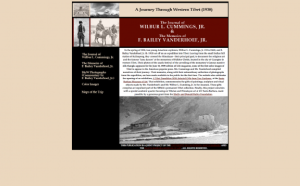 |
|
 |
|
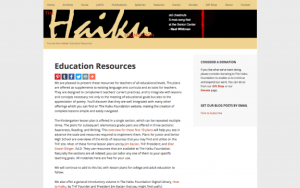 |
|
 |
|
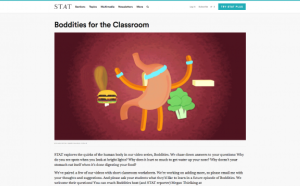 |
|
 |
|
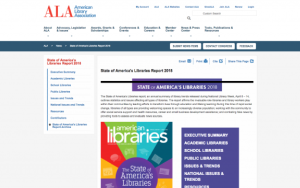 |
|
General InterestBack to Top | |
 |
|
 |
|
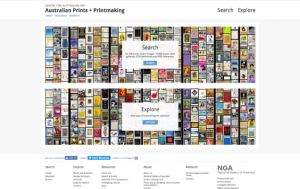 |
|
 |
|
 |
|
 |
|
 |
|
Network ToolsBack to Top | |
 |
|
 |
|
RevisitedBack to Top | |
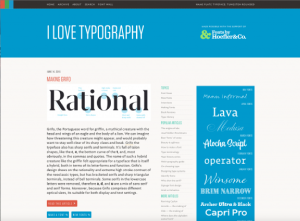 |
|
In the NewsBack to Top | |
David Hockney's 82 Portraits and 1 Still-Life Exhibition Opens at LACMA | |
|
What's It Like to Pose for David Hockney? We Asked the People in His Portraits David Hockney's Fascinating Portrait Subjects Relive the Experience of Sitting for a Legend David Hockney thinks you should take a longer look at life David Hockney's "The Road" David Hockney's Life in Painting: Spare, Exuberant, Full David Hockney: Born 1937 On April 15, the Los Angeles County Museum of Art (LACMA) opened a new exhibition featuring eighty three works by prolific artist David Hockney. The exhibit, 82 Portraits and 1 Still-Life, features a series of portraits that the British-born (and L.A. based) artist created of individuals that he knew personally, including a number of his longtime friends, his dentist, and LACMA curator Stephanie Barron. Hockney painted each of these individuals over the course twenty hours spread out across three days. In each portrait, the subject is sitting on a yellow chair in front of a green or blue background. In addition to these eighty-two portraits, the series includes one still life of fruit and vegetables arranged on a blue bench. Hockney painted this still-life when one of his intended portrait subjects was unable to sit for the artist due to an illness in her family. The LACMA exhibit runs through July 29, 2018, and follows a recent retrospective of Hockney's work at the Museum of Modern Art (MOMA), which ran from November 2017 through February 2018. In addition to the new exhibit, Hockney's work also appears on the cover of the April 23, 2018 issue of the New Yorker. The magazine's cover featured a section of his painting "Tall Dutch Trees After Hobbema (Useful Knowledge) 2017," which is a work that Hockney says was inspired by Meindert Hobbema's 1689 painting "The Avenue at Middelharnis." [MMB] In the first link, readers will find an article by NPR's Susan Stamberg about the upcoming LACMA exhibition. The second article, from Gwynedd Stuart and Andrea Alonso of Los Angeles Magazine features the perspectives of a few of the individuals who sat for David Hockney for the series. Next, the third link takes readers to a recent segment from PBS Newshour about the exhibit. This segment, hosted by Jeffrey Brown, features an interview with Hockney about the 82 Portraits project. Readers interested in learning more about Hockney's recent appearance on the cover of the New Yorker can check out the fourth link, a short interview with Hockney by New Yorker art editor Francoise Mouly. Next, the fifth link takes readers to a 2017 article from The New York Times about Hockney's oeuvre by Roberta Smith. Finally, those interested in exploring Hockney's art can check out 112 works by the artist via the last link, courtesy of the Tate Museum. | |





